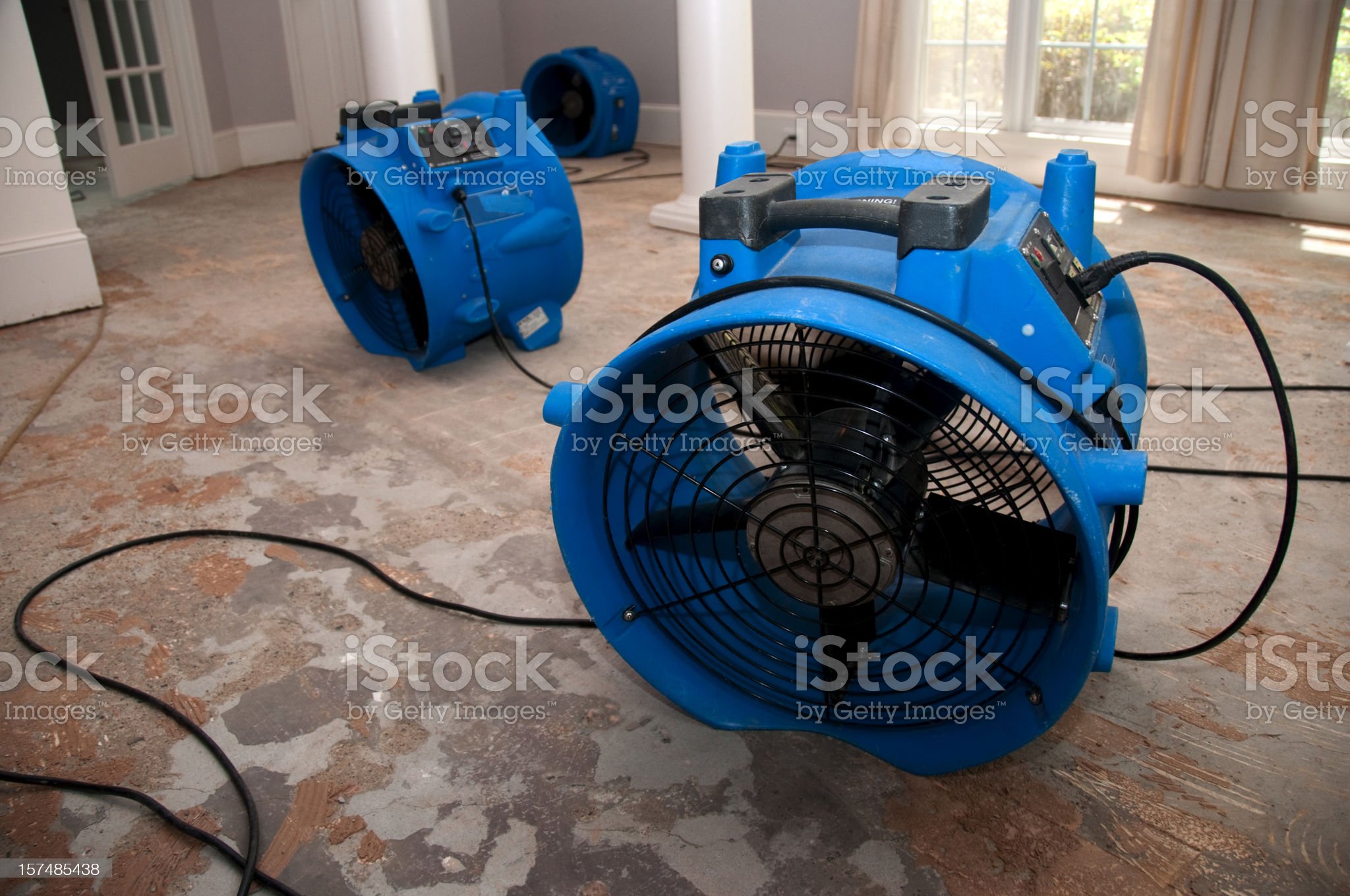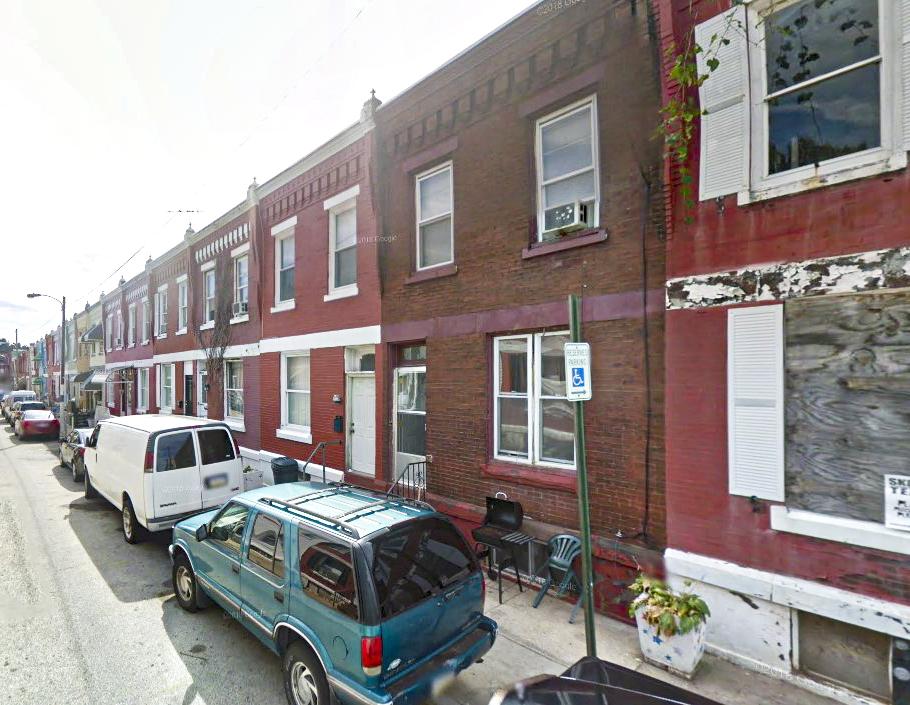Case Study
Our research found that fires are linked to spikes in vacancies, repairs, and property sales, with over half reported within 2 years after the fire. While these outcomes are all fairly clear results after a fire, each is a different kind of story. Our model has a prediction of that story for most addresses in Philadelphia.
First Type of Outcome
Vacancy
What’s the neighborhood like (race, income) Same as X amount of buildings in Philadelphia? Fire occurred in September 2017. Soon after, there was a vacancy report for the building. Our research used data from 311 complaints and Vacancy reports Lincensing & Inspection Department to track these properties.
In the year following…
A year later, the google streetview camera happened to capture the clean-up of this pair of properties. While it’s not common for fire-stricken properties to have vacancy complaints, fire-stricken properties are X% more likely to experience them in the first year after a fire than similar properties that don’t x% occur within two years. This one lasted for many more
Lingering Vacancy
This one lasted seemingly for multiple years. Looking around, the property has 3 other adjacent vacancies. It’s commonly understood that vacancy can spread on a block, or at least de-incentivize upkeep. Vacancies that were reported over a year after the fire happened were commonly in areas that had a high vacancy rate already.
How can vacancies be avoided?
The biggest goal of residents after a fire is to get back into their homes, but it requires a lot of work. Many renters do not have renter insurance that would allow quick recovery. This is either due to lack of information or the expense of coverage for those with lower incomes. If a landlord lives out of state, households commonly have a harder time moving back in due to lack of attention from the landlords.
Second Type of Outcome
Sales
In 2019, this Brewerytown home and its neighbor were still vacant. A year after this photo, was sold to a local developer. Public records show that one was financed through Jumpstart LLC, a Philadelphia-based community development program with a mission to rehab blighted units and service small developers.
Different Kinds of Investors
This one was bought in mid 2019 by a different local developer that quickly implemented some fixes to make the property safe by L&I standards. This one had seemingly sustained more damage in a more severe 2018 fire. They then sold the property at a low price to Keystone Group, LLC, a national management/consulting firm. Keystone repaired the property and sold it in mid 2022 for 400% what it had paid for it. Other vacant properties on the street have seen the same pattern, including investment from Philadelphia Housing Development Corporation to fix a different vacant house down the block.
Why Would Someone Sell?
These properties were both examples of blight, but the main reason someone would sell their property after a fire is if the insurance did not completely cover the cost of the home. Listings on Zillow that include the terms “fire damage” often court investors specifically, because those are normally the only ones looking to buy as-is homes. Selling a home “as is” is usually a last-resort, but it was what these places seemingly had to do, possibly because they did not have adequate fire insurance. Lack of savings or income in some people’s homes puts them instantly in a tough situation, and they may not have resources or insurance to rebuild quickly enough. May be forced into a sale.
Third Type of Outcome
Repairs
With finished repairs, both were then sold again in 2022. Both the local and national developer sold the houses for over $250k when they were bought at $60-80k, receiving over a 300% increase from their initial acquisition cost (zillow). Historically for this block, this is twice the normal sale price, but other older houses are also selling just a couple percentage points different, lately. For our first example house, public records show it was last listed for rent at around $1,700 from an owner outside New York. (zillow).
The Neighbor House
The building stock is old in Philadelphia, and fires can often happen when there is no servicing on a part for a while. Wait times: Displacement time depends on the damage. Someone is displaced due to damage. Electrical, etc is quick Large scale is difficult, many do not return Months to a year to re-establish. Those without insurance have to wait a longer time
Perspective Subhead
The building stock is old in Philadelphia, and fires can often happen when there is no servicing on a part for a while. Wait times: Displacement time depends on the damage. Someone is displaced due to damage. Electrical, etc is quick Large scale is difficult, many do not return Months to a year to re-establish. Those without insurance have to wait a longer time

